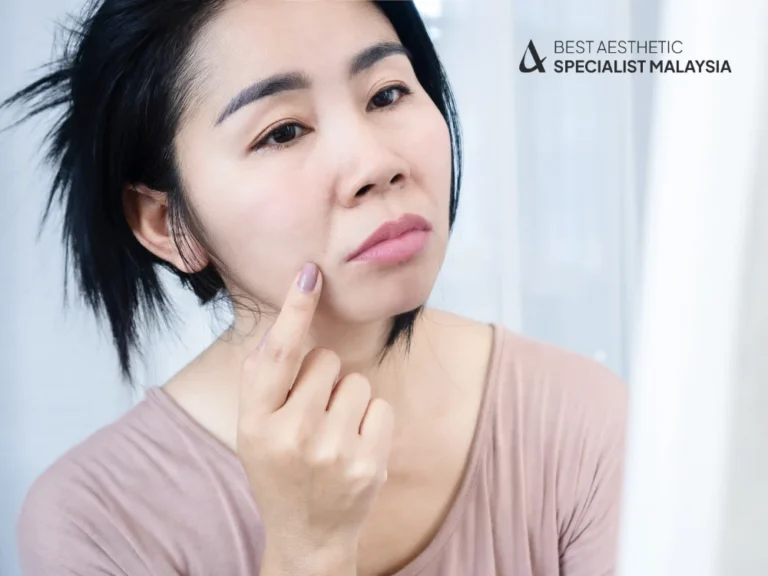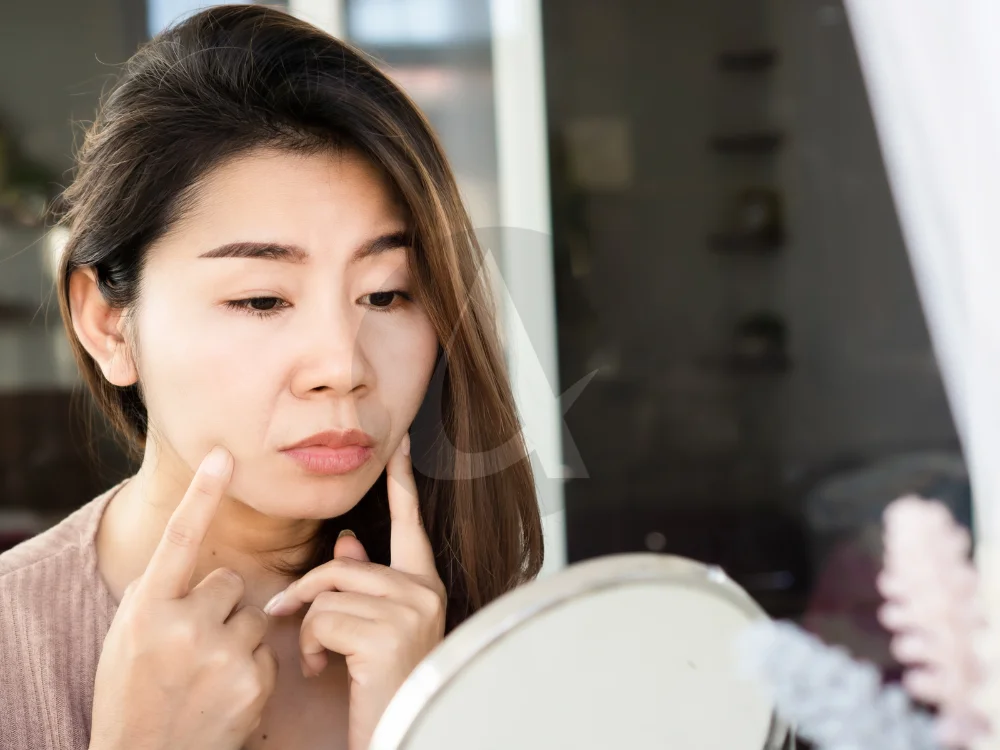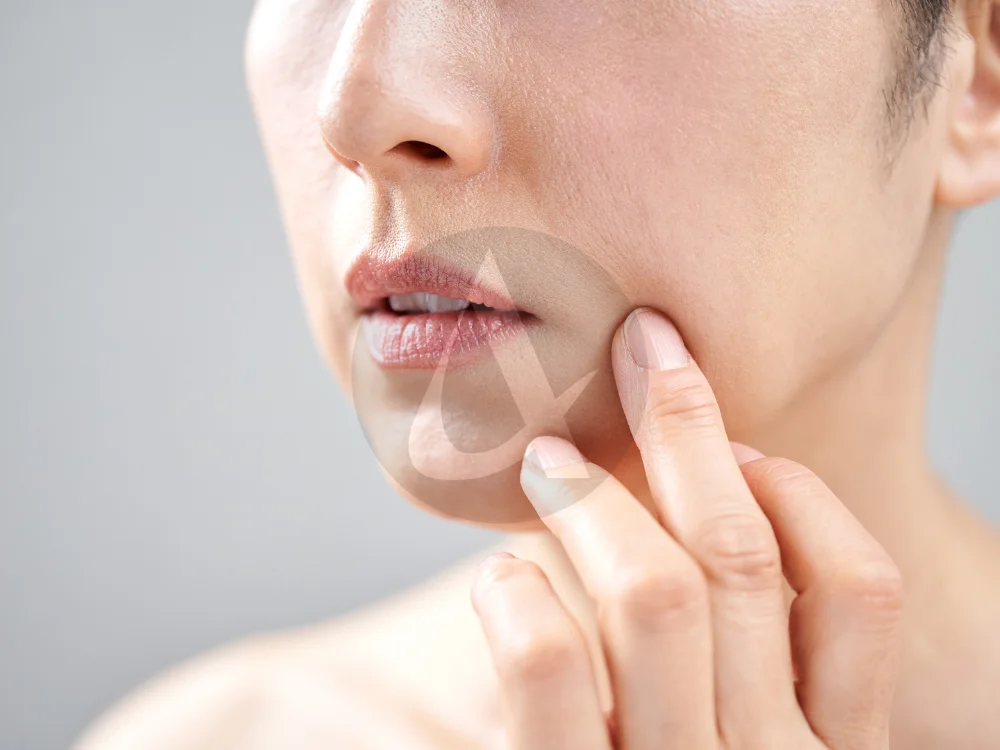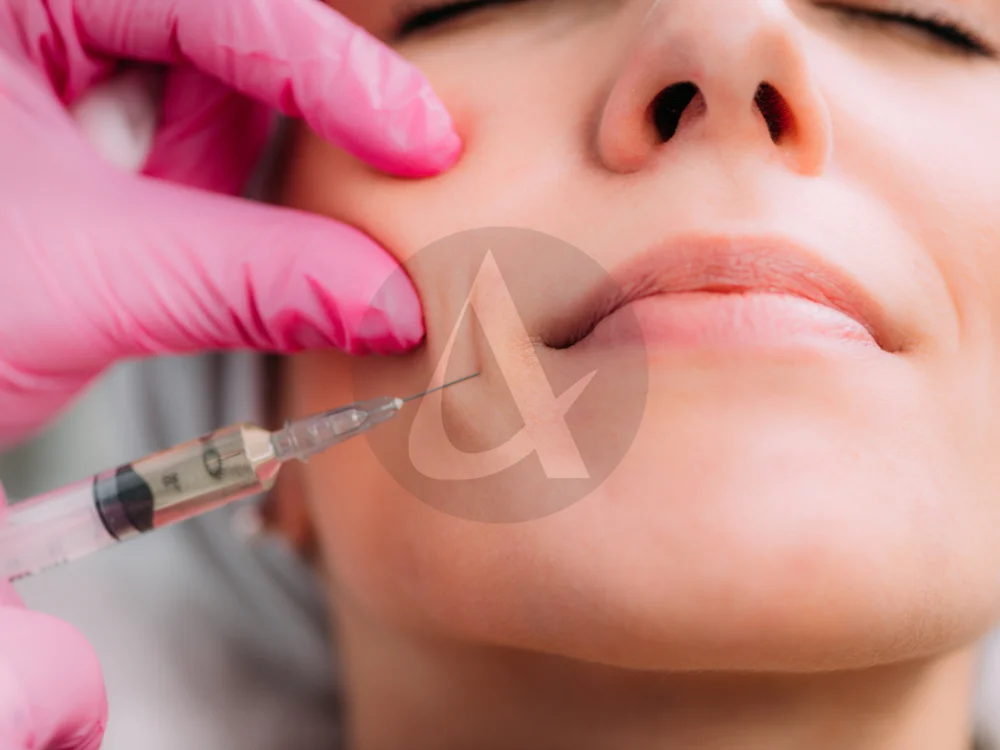Nasolabial lines, often called laugh lines or smile lines, are natural creases that extend from the sides of the nose to the corners of the mouth. While they signify a life filled with laughter, many people wish to minimize their appearance for a youthful and refreshed look. Whether you’re exploring non-invasive treatments or natural remedies, this guide will help you understand and manage nasolabial lines effectively.
What Are Nasolabial Lines?
Nasolabial lines are the folds of skin that form as part of your facial structure. They deepen with age due to reduced collagen production, repetitive facial expressions, and external factors like sun exposure. While these lines are entirely natural, their prominence often increases over time, making them a common cosmetic concern.
The Causes of Nasolabial Lines
1. Aging and Collagen Depletion
As we age, our skin loses elasticity and volume due to declining collagen and elastin production. This leads to sagging skin, which accentuates nasolabial lines.
2. Sun Damage
Prolonged sun exposure breaks down collagen and accelerates skin aging. UV rays can also lead to pigmentation issues, making nasolabial folds more noticeable.
3. Lifestyle Factors
Poor hydration, smoking, and an unbalanced diet can exacerbate the development of nasolabial lines. A healthy lifestyle is essential for maintaining youthful skin.
4. Genetics
Your genetic makeup can determine how early and prominently nasolabial lines develop. Some people are predisposed to deeper folds due to their facial anatomy.
Top Treatments for Nasolabial Lines
1. Dermal Fillers
Dermal fillers, often composed of hyaluronic acid, are a popular choice for smoothing nasolabial lines. These fillers add volume and plump the skin, reducing the appearance of folds. The results are immediate and typically last 6–12 months.
2. Laser Skin Resurfacing
Laser treatments help stimulate collagen production, improving skin texture and reducing wrinkles, including nasolabial lines. This option offers long-term results but may require several sessions.
3. Microdermabrasion
This minimally invasive procedure exfoliates the outer layer of skin, promoting cell turnover and enhancing skin elasticity. While it won’t entirely erase nasolabial lines, it can improve overall skin appearance.
4. Facelift Surgery
For severe nasolabial folds, surgical facelifts provide a permanent solution by tightening the skin. This invasive option is best for those seeking dramatic results.
5. Botox
Botox, though typically used for dynamic wrinkles, can sometimes soften nasolabial lines by relaxing nearby facial muscles. However, its efficacy for this area may vary.
Natural Remedies for Nasolabial Lines
1. Facial Exercises
Facial yoga or targeted exercises can strengthen underlying muscles, reducing the appearance of nasolabial lines. For example:
- Pucker your lips and hold for 10 seconds.
- Smile widely while keeping your lips closed.
2. Hydration and Skincare
Maintaining hydrated skin with moisturizers containing hyaluronic acid can make nasolabial lines less noticeable. Don’t forget to drink plenty of water to keep your skin supple from within.
3. Essential Oils
Certain oils, like rosehip or argan oil, are rich in antioxidants and fatty acids that promote skin health. Regularly massaging these oils into your skin may improve its elasticity.
4. Diet Rich in Antioxidants
Eating foods rich in antioxidants, like berries, leafy greens, and nuts, can combat free radicals and support collagen production.
5. Avoid Overexposure to Sun
Use a broad-spectrum SPF daily to protect your skin from UV damage. Prevention is key to minimizing the development of deeper folds.
Preventing Nasolabial Lines
1. Establish a Consistent Skincare Routine
Using products with retinoids, peptides, and antioxidants can boost collagen production and slow down skin aging.
2. Stay Active
Regular exercise improves circulation and skin health, reducing the appearance of fine lines.
3. Quit Smoking
Smoking accelerates skin aging by reducing oxygen and nutrients that reach the skin. Quitting can significantly improve skin texture over time.
Frequently Asked Questions (FAQs)
1. What are nasolabial lines, and why do they form?
Nasolabial lines are the natural creases running from the nose to the corners of the mouth. They form due to aging, reduced collagen, repetitive expressions, and environmental factors like sun exposure.
2. Can nasolabial lines be prevented?
While you cannot entirely prevent them, adopting a healthy lifestyle, using sun protection, and maintaining a good skincare routine can delay their onset and reduce their severity.
3. How effective are natural remedies for nasolabial lines?
Natural remedies like facial exercises, essential oils, and a healthy diet can improve skin elasticity and make nasolabial lines less noticeable. However, they may not provide dramatic results like clinical treatments.
4. Is Botox suitable for treating nasolabial lines?
Botox is primarily used for dynamic wrinkles but may help soften nasolabial lines in some cases. Consult a dermatologist for the best treatment options.
5. How long do dermal fillers last for nasolabial lines?
Dermal fillers typically last 6–12 months, depending on the type of filler and individual factors like metabolism.
6. Are there any side effects of treatments for nasolabial lines?
Most treatments, such as fillers and laser resurfacing, are safe when performed by professionals. However, temporary redness, swelling, or bruising may occur. Always consult a licensed practitioner for advice.
Conclusion
By understanding nasolabial lines and their causes, you can choose the best approach to minimize their appearance and maintain youthful skin. Whether through professional treatments or natural remedies, achieving smoother, healthier skin is entirely within reach.




